Institute for Jewish History in Austria
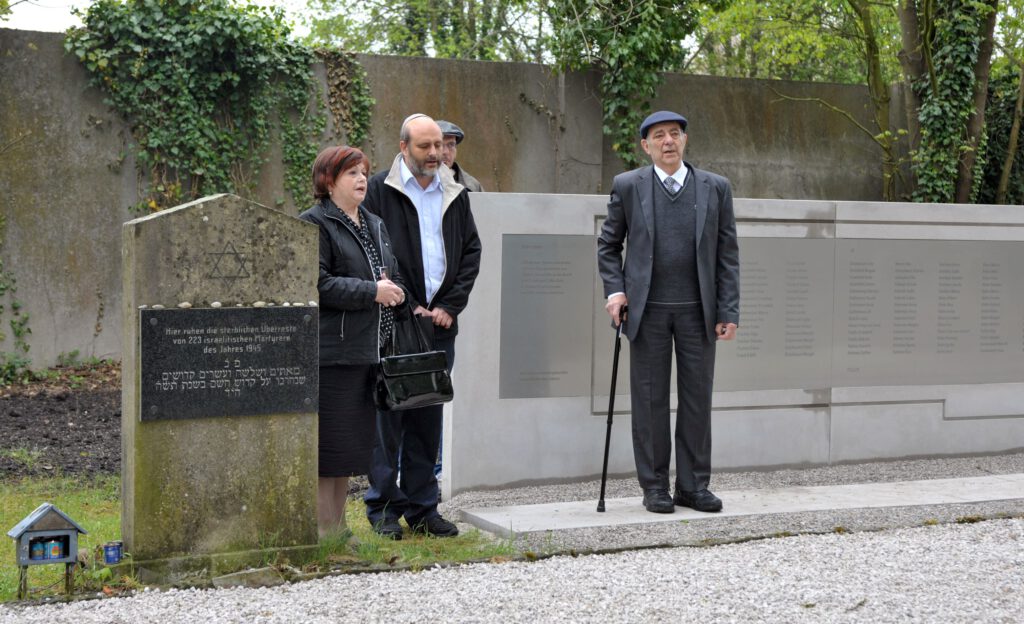
The Institute for Jewish History in Austria was founded in 1988 and is housed in the former synagogue of St. Pölten 60 kilometers west of Vienna. Its task is to carry out comprehensive research into the history and culture of the Jews in Austria, from the Middle Ages up to the present day.
It is its’ aim to counteract anti- and philo-Semitic prejudices and incorrect information through academic research, publications, lectures and activities in the area of adult education and school projects. The location of the Institute in the former synagogue in St. Poelten gave a new and meaningful use to this abandoned building.
- Website: injoest.ac.at
Strasshof an der Nordbahn, Austria
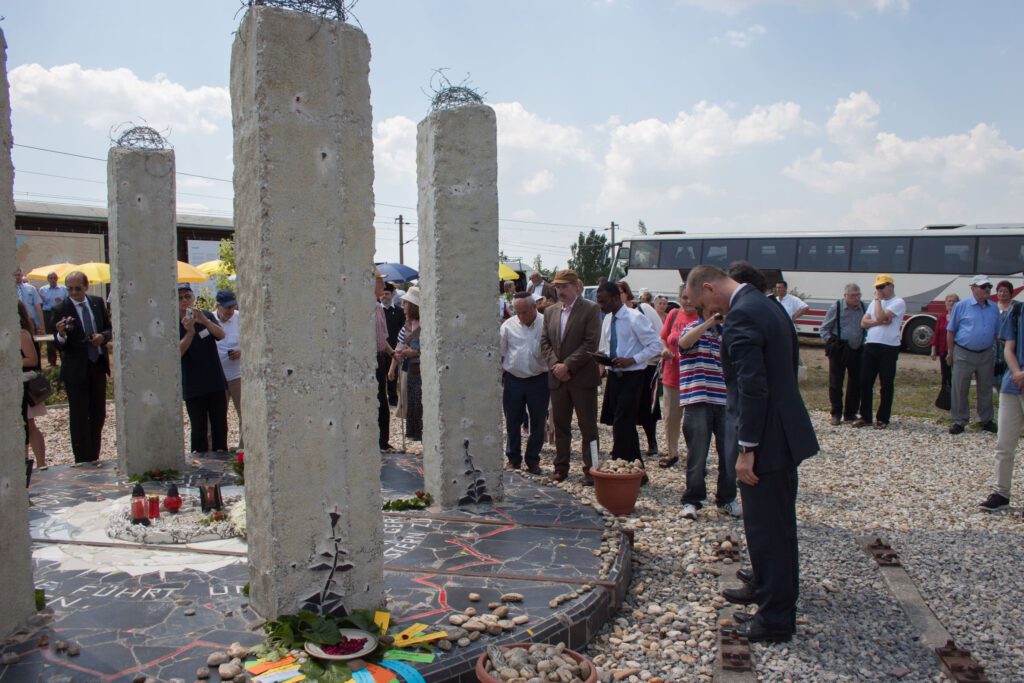
During the National Socialist era, the Strasshof transit camp was one of the central transit camps for foreign forced laborers from all over Europe. Tens of thousands of people were brought here, some under duress, others under false pretenses, and allocated to the most diverse workplaces throughout eastern Austria. Hundreds died here. In 1944, more than 20,000 Jewish men, women, and children from Hungary were also deported to Strasshof for forced labor. In particular, older people and children thus escaped certain death in Auschwitz and survived the Holocaust. In Strasshof itself, the history of the camp fell into oblivion after the end of the war.
Citizens of Strasshof set out to search for traces of this National Socialist crime in their town and erected a memorial for the victims so that the injustice inflicted on them would never be forgotten.
Work on this project began in 2009. Contemporary witnesses were interviewed, historical sources consulted, and material collected. In 2011, the memorial designed by Karl Heinz Schreiner was erected near the transit camp on behalf the VAS.
For the exhibition 90 Years Strasshof (2014), a separate section on the history of the transit camp was created in cooperation with the Strasshof Museum of Local History. Since 2013, an annual commemoration ceremony has been held at the memorial.
- Website: vas-strasshof.at
Montreal Holocaust Museum, Canada
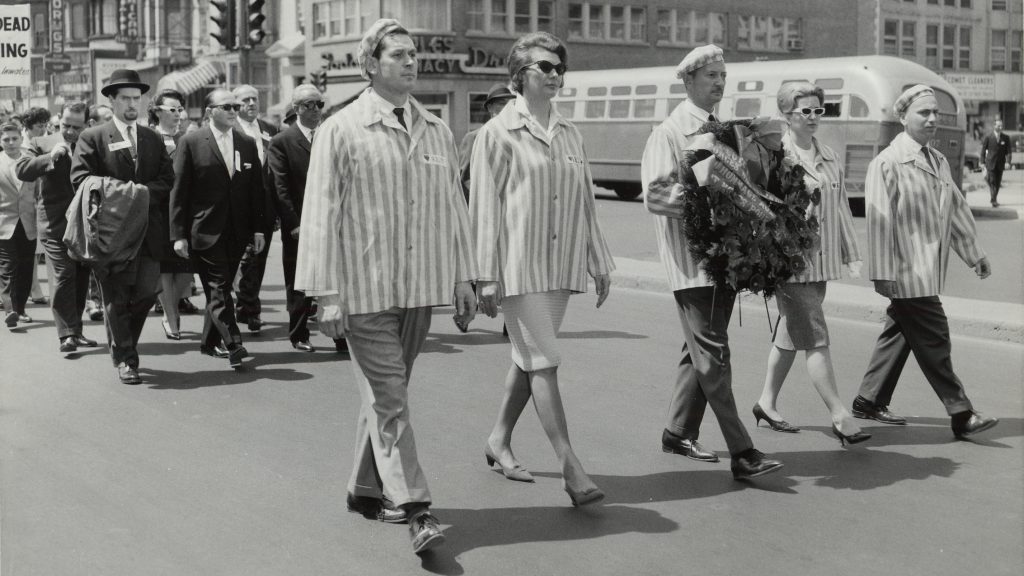
The Montreal Holocaust Museum educates people of all ages and backgrounds about the Holocaust, while sensitising the public to the universal perils of antisemitism, racism, hate and indifference. Through its Museum, its commemorative programs and educational initiatives, the Montreal Holocaust Museum promotes respect for diversity and the sanctity of human life.
- Website: museeholocauste.ca/en
Former Jewish Community Center Breisach
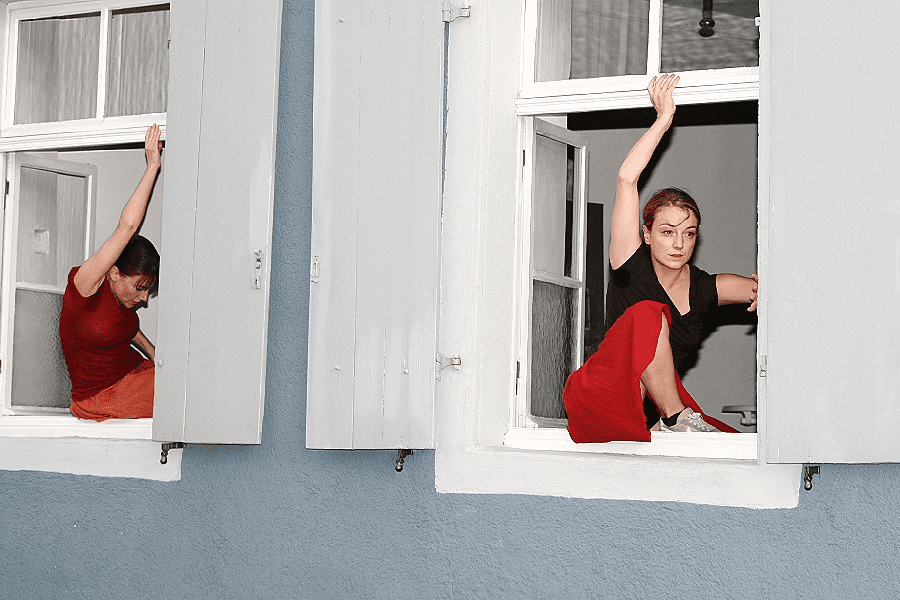
For 140 years, the Blue House was an inn in the middle of the Jewish quarter, then a schoolhouse for the Jewish community, and later the community center and residence of the cantor’s family. An exhibition in the former living quarters of the family of Michael Eisemann allows visitors to experience the life of the family and the community in 1931. Guests can also visit the prayer room, which was installed in early 1939 and served as a meeting place for the congregation before the community was decimated by deportation to the Gurs internment camp in France.
The Society for the Promotion of the Former Jewish Community Center in Breisach supports especially artistic projects in an effort to breathe new life into the former community center and the Jewish quarter.
- Website: blaueshausbreisach.de
Jewish Museum of Thessaloniki, Greece
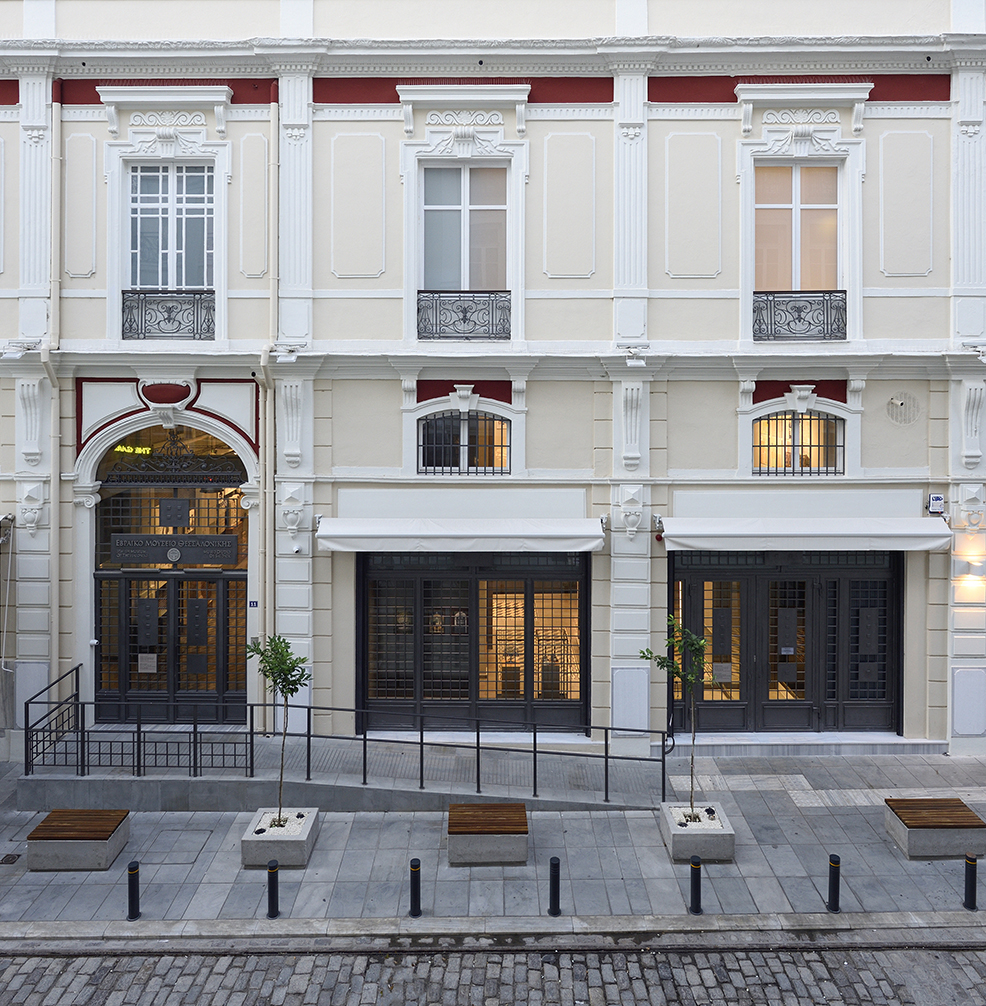
The Jewish Museum of Thessaloniki was founded to honour the rich and creative Sephardic heritage as it evolved in the city after the 15th century.
Through several exhibits and photos, the visitor receives information on the religious and everyday life of the Jews of Thessaloniki up to WWII.
It is laid out on two levels and comprises a display of tombstones from the ancient Jewish cemetery of Thessaloniki, a photographic exhibit “Thessaloniki, Sephardic Metropolis”, an ethnographic part with religious artefacts and memorabilia, a part dedicated to the Holocaust in Thessaloniki.
- Website: jmth.gr
Dana Arieli „Phantom Project“, Israel
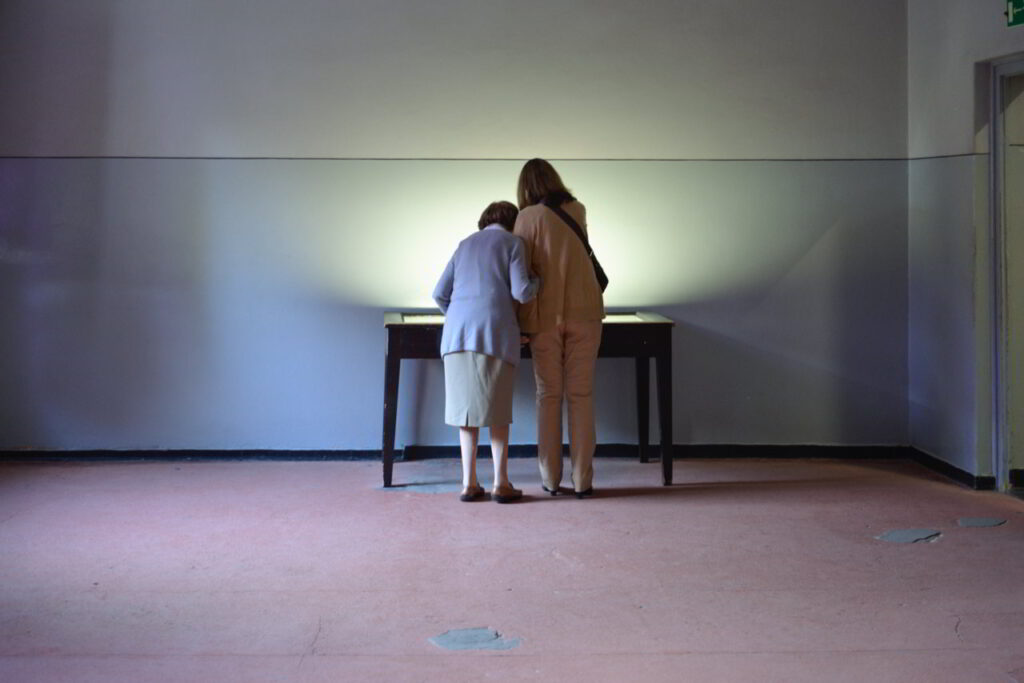
The Israeli Dana Arieli has for years been photographing places where National Socialist ideology is still visible or concealed. Internationally renowned poets, authors, politicians, texts and statements accompany her photographs. Visitors are also invited to write texts about the photographs, to become part of the project with their own opinions and thoughts.
Dana Arieli on the project “The Nazi Phantom”: “The still existing Nazi architecture, or rather the sites of the perpetrators, are often still neglected in public dealings. This reflects the difficulties in the country of the perpetrators in dealing with the personification of the Nazi era. German cities have chosen different strategies for dealing with the issue: the first aims to demolish the buildings; the second confronts the history and preservation of architecture; the third redefines the role of the buildings and, through these mechanisms, expands their significance. Transparent remembrance is another solution that is discussed here.”
Dana Arieli worked from 2013 to 2018 as Dean of Design at H.I.T., Institute of Technology in Holon and from 2004 to 2012 as Head of the History and Theory Department at Bezalel Academy of Art and Design in Jerusalem.
- Website: phantoms.photography
Holocaust Fund of the Jews from Macedonia
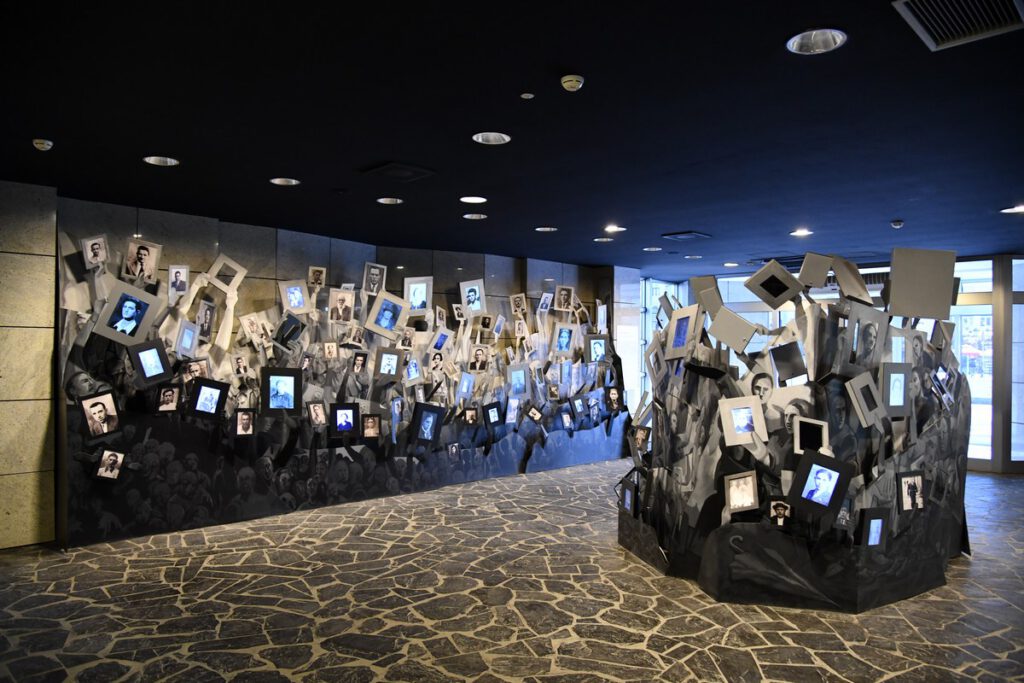
The Holocaust Memorial center for the Jews of Macedonia is an institution for the documentation, study and interpretation of Holocaust history, and serves as Macedonia’s memorial to the people murdered during the Holocaust in the concentration camp Treblinka. The Museum’s primary mission is to advance and disseminate knowledge about this unprecedented tragedy; to preserve the memory of those who suffered; and to encourage its visitors to reflect upon the moral and spiritual questions raised by the events of the Holocaust as well as their own responsibilities as citizens of a democracy.
- Website: holocaustfund.org.mk/en
MOCAK Museum of Contemporary Art in Kraków, Poland
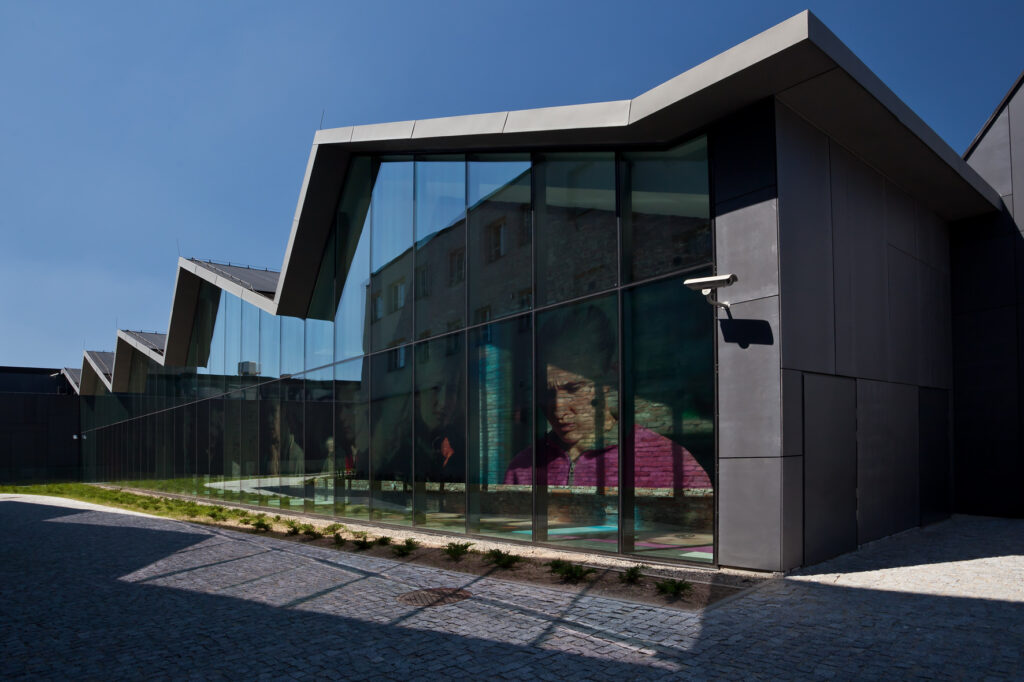
A ten-minute stroll away from Kraków’s historical district of Kazimierz, MOCAK is located on the premises of the former Oskar Schindler enamel factory and is now the heart of the post-industrial district of Zabłocie.
MOCAK Museum of Contemporary Art in Kraków brings you the most important phenomena in Polish and international art of the twentieth and twenty-first centuries, several large temporary exhibitions a year, and an international collection of contemporary art, as well as research and publications that comprise some ten titles annually.
The museum’s modern building houses numerous exhibitions devoted to contemporary Polish and world art. In addition, MOCAK offers a library with a reading room, the Mieczysław Porębski Library, and the MOCAK Bookstore, where you will find a selection of the most interesting contemporary humanities publications, as well as reproductions of selected works from the MOCAK collection and objects designed by artists represented in the museum.
MOCAK is an important site on the cultural map of the city. Each year, the museum organizes dozens of film screenings, discussions, and meetings with personalities from the world of culture and art, as well as concerts, workshops, and social actions.
- Website: en.mocak.pl
Elie Wiesel Museum – Jewish Culture Museum from Maramureş, Romania
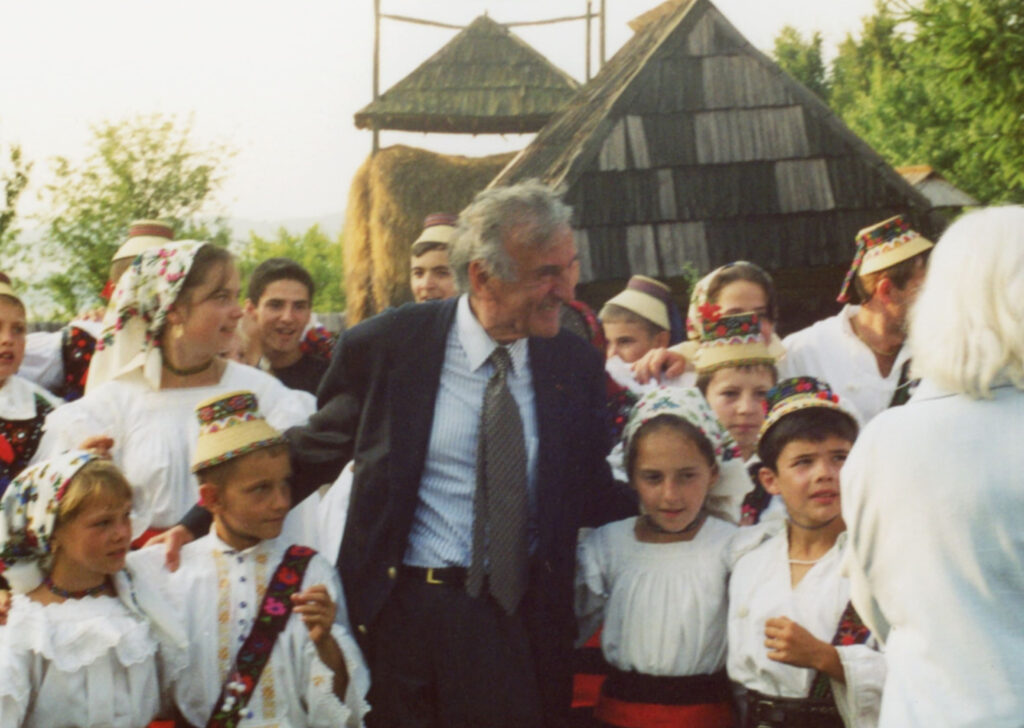
The late Jewish writer and 1986 Nobel Peace Prize winner Elie Wiesel (1928–2016) was born in and later deported from this house on the corner of Str Dragoş Vodă and Str Tudor Vladimirescu. The museum traces Wiesel’s life and work and examines the history of the Jews and Jewish culture in Maramureş.
Elie Wiesel National Institute, Romania

The Elie Wiesel National Institute for Studying the Holocaust in Romania, Institutul Naţional pentru Studierea Holocaustului din România „Elie Wiesel”, is a public institution established by the Romanian government on August 7, 2005, and officially opened on October 9 of the same year, which is Romania’s National Day of Commemorating the Holocaust.
The institute is named after the Romanian-born Jewish Nobel Prize winner Elie Wiesel, who chaired the Wiesel Commission which reported on Romania’s involvement in the Holocaust to the Romanian government in 2004, and which recommended that such an institute be established. The institute is responsible for researching Romania’s role in the Holocaust, and gathering, archiving and publishing documents relating to this event.
- Website: inshr-ew.ro
Piskaryovskoye Memorial Cemetery, Russia
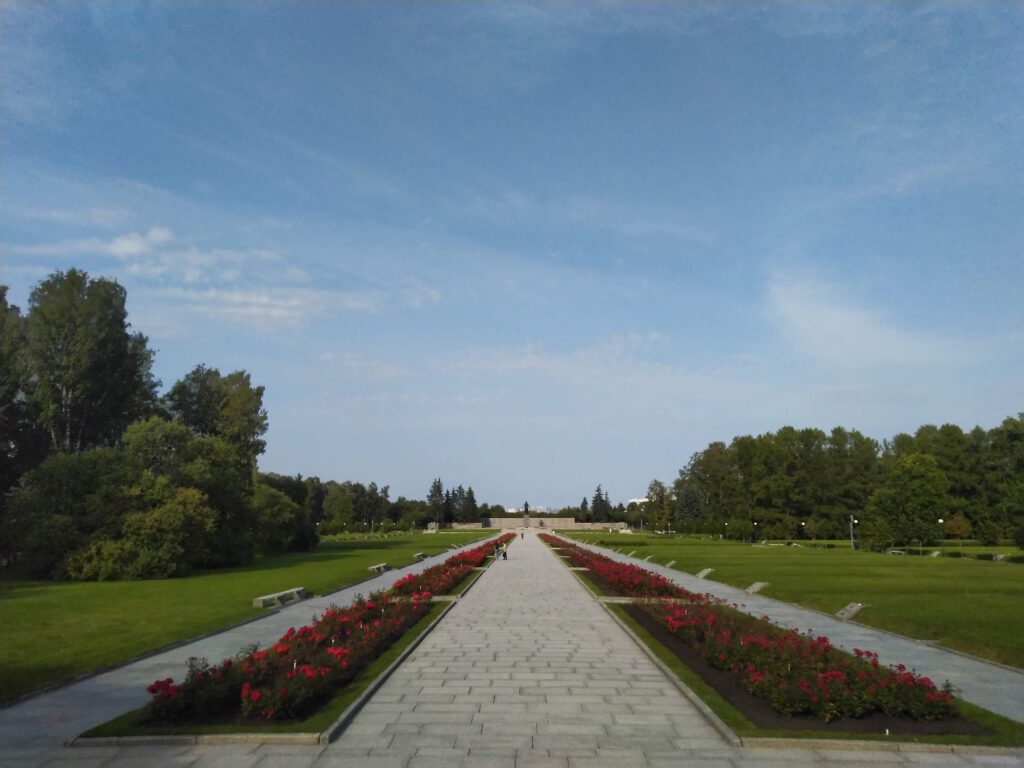
The memorial complex designed by Alexander Vasiliev and Yevgeniy Levinson was opened on May 9, 1960. About 420,000 civilians and 50,000 soldiers of the Leningrad Front were buried in 186 mass graves. Near the entrance an eternal flame is located. A marble plate affirms that from September 4, 1941 to January 22, 1944 107,158 air bombs were dropped on the city, 148,478 shells were fired, 16,744 men died, 33,782 were wounded and 641,803 died of starvation.
The center of the architectural composition is the bronze monument symbolizing the Mother Motherland, by sculptors Vera Isaeva and Robert Taurit.
By granite steps leading down from the eternal flame visitors enter the main 480-meter path which leads to the Motherland monument.
- Website: pmemorial.ru
Boris Lurie Art Foundation, USA
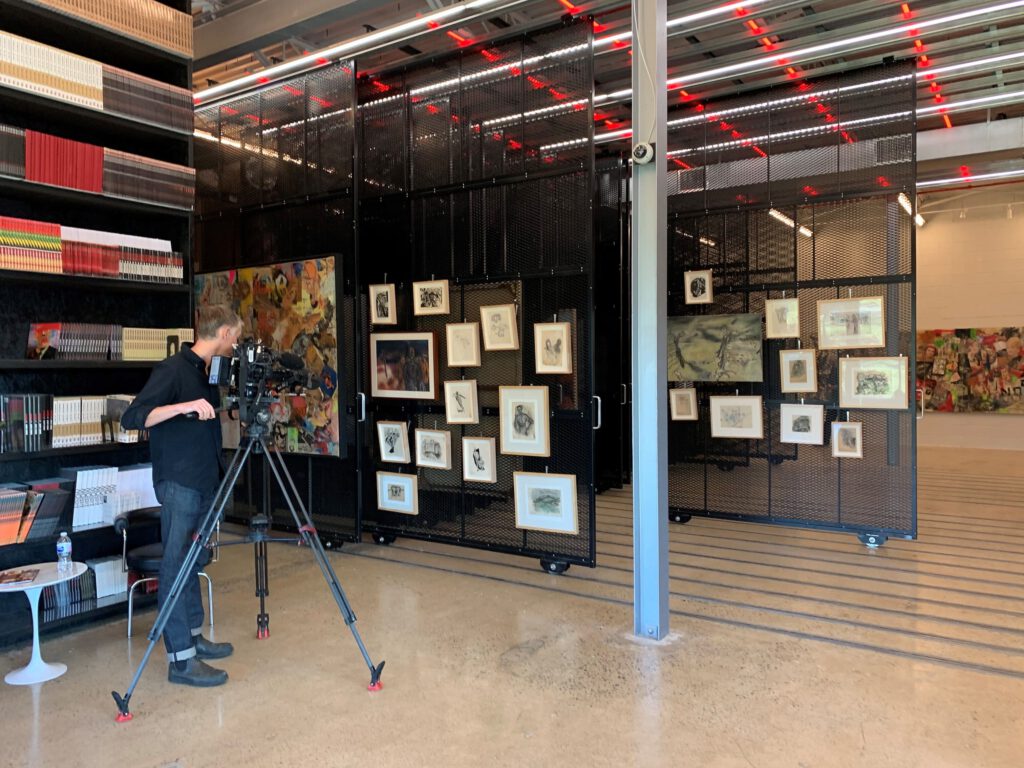
The Boris Lurie Art Foundation is dedicated to reflect the life, work, and as-pirations of the founder and to preserve and promote the NO!art movement with its focus on the social visionary in art and culture.
Boris Lurie, A Holocaust survivor who emigrated to New York in 1946, was very active in the post-war New York avant-garde scene, founding the NO!art movement in 1959. The NO!Art movement calls for socially and polit-ically involved art that resists and combats the repressive forces of the market. For the most part, critics and curators of the day rejected Lurie and NO!art, yet Lurie continued to produce his highly charged political and social imagery throughout his life. In recent years a reexamining of Lurie’s work has led to major museum exhibitions and new appreciation for the impact his work had on Post-War American Art.
- Website: borislurieart.org
The Magnes Collection of Jewish Art and Life, USA
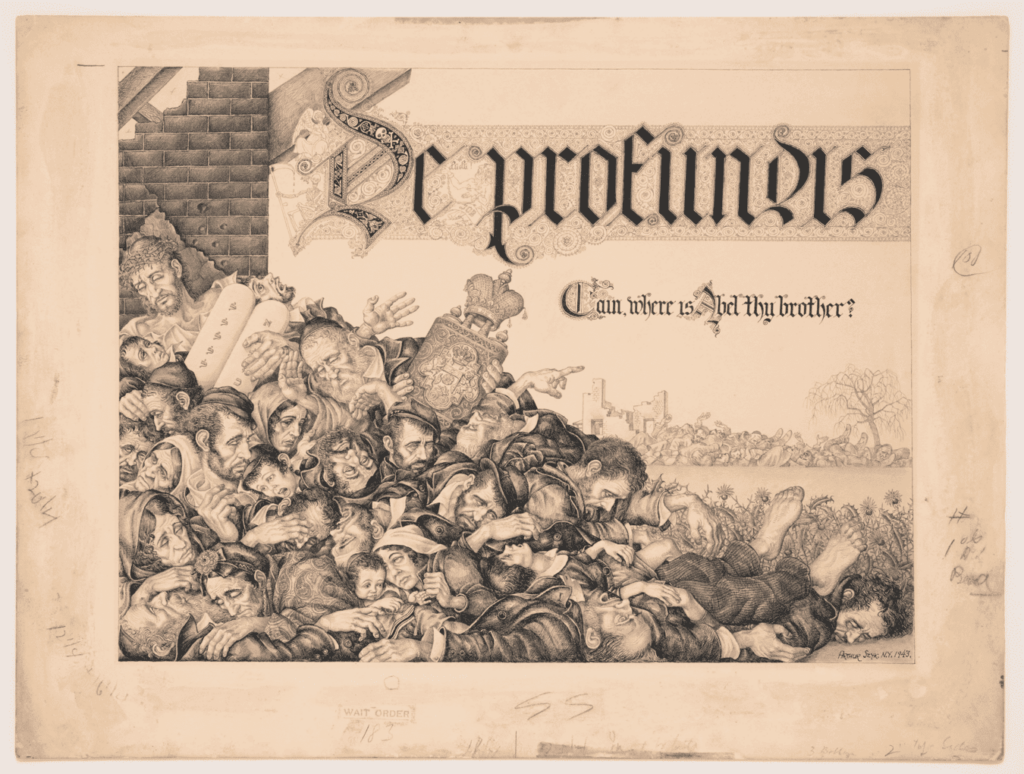
The Magnes Collection of Jewish Art and Life was established in 2010 following the transfer of the Judah L. Magnes Museum to the University of California, Berkeley. Its remarkably diverse archive, library and museum holdings include art, objects, texts, music, and historical documents about the Jews in the Global Diaspora and the American West. As one of the world’s preeminent Jewish collections in a university setting, it provides highly innovative and accessible resources to both researchers and the general public. The holdings of The Magnes continue to grow. In 2017, The Magnes established the Taube Family Arthur Szyk Collection, and in 2018 it received the gift of the Roman Vishniac Archive.
- Website: magnes.berkeley.edu
Johannesburg Holocaust and Genocide Centre, South Africa
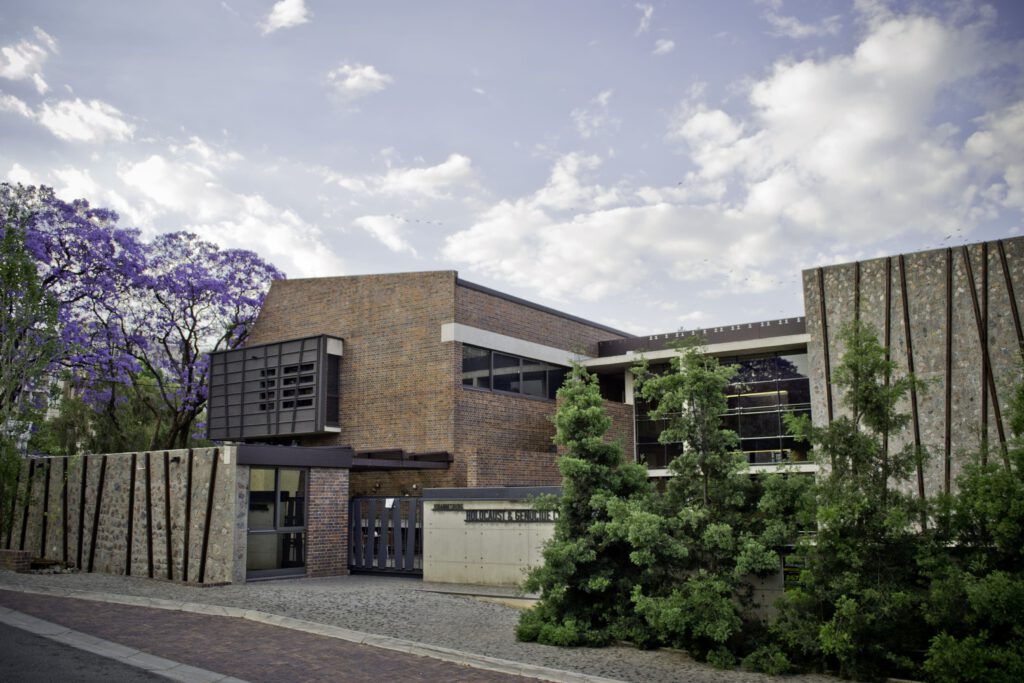
The Johannesburg Holocaust & Genocide Centre (JHGC) is a place of memory, education and lessons for humanity. It explores the history of genocide in the 20th century with a focus on the case studies of the Holocaust and the 1994 genocide in Rwanda. It examines the connections between genocide and contemporary human rights issues, urging visitors to understand the consequences of prejudice, discrimination and othering, so as to prevent the recurrence of mass atrocities and genocide in all its forms. The Centre focuses on human rights issues such as prejudice, racism, ‘othering’, antisemitism, homophobia and xenophobia. Conscious of the dangers of indifference, apathy and silence, the JHGC urges its visitors to be an active voice against instances of hate speech and related human rights violations in their own communities.
The JHGC was founded in 2008 and officially opened to the public in March 2019 as a public-private partnership with the City of Johannesburg. The JHGC, together with its sister Centres in Cape Town and Durban, forms part of the association, the South African Holocaust & Genocide Foundation.
- Website: jhbholocaust.co.za
